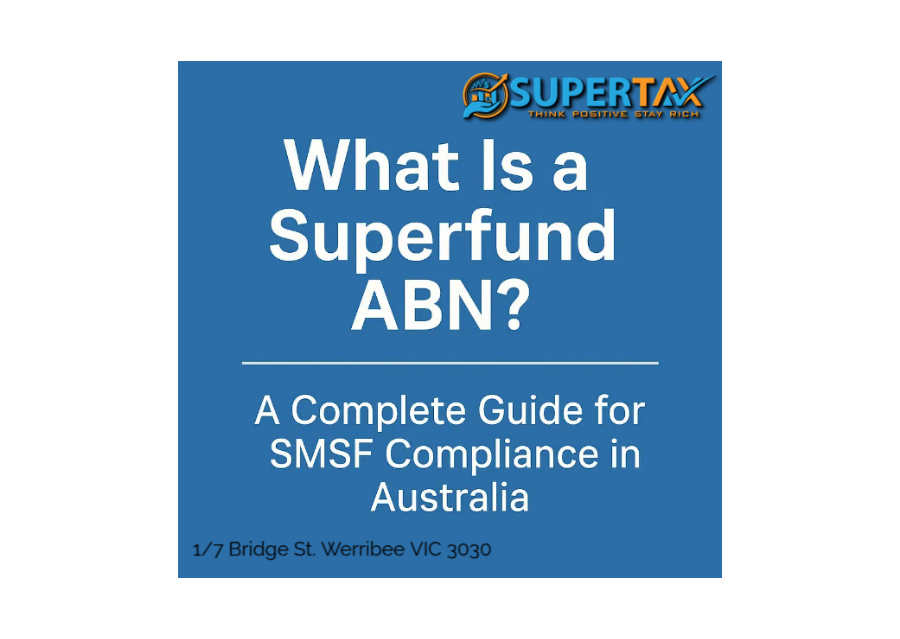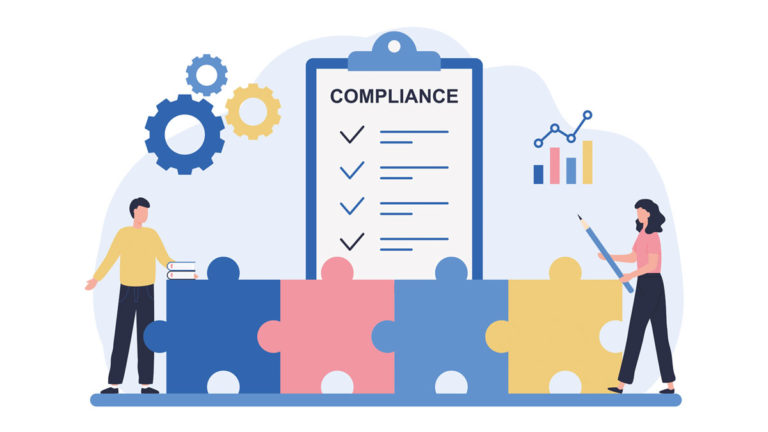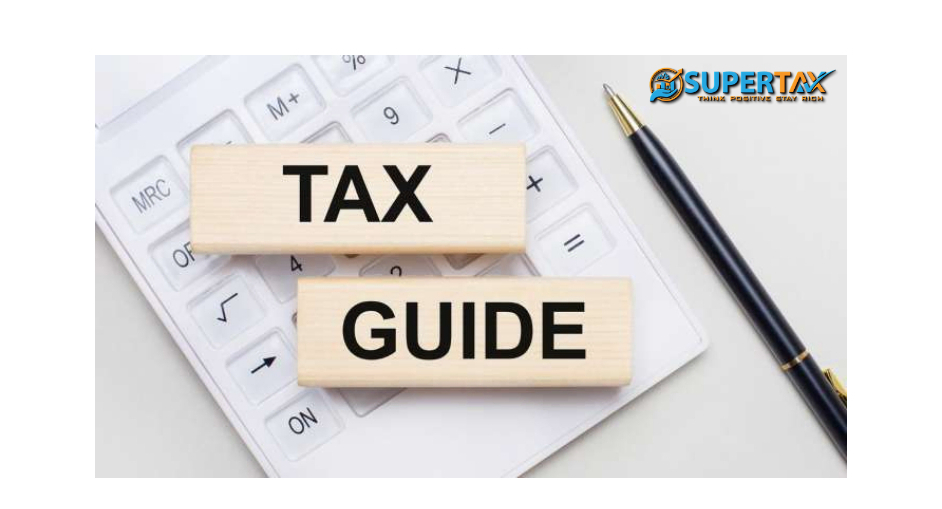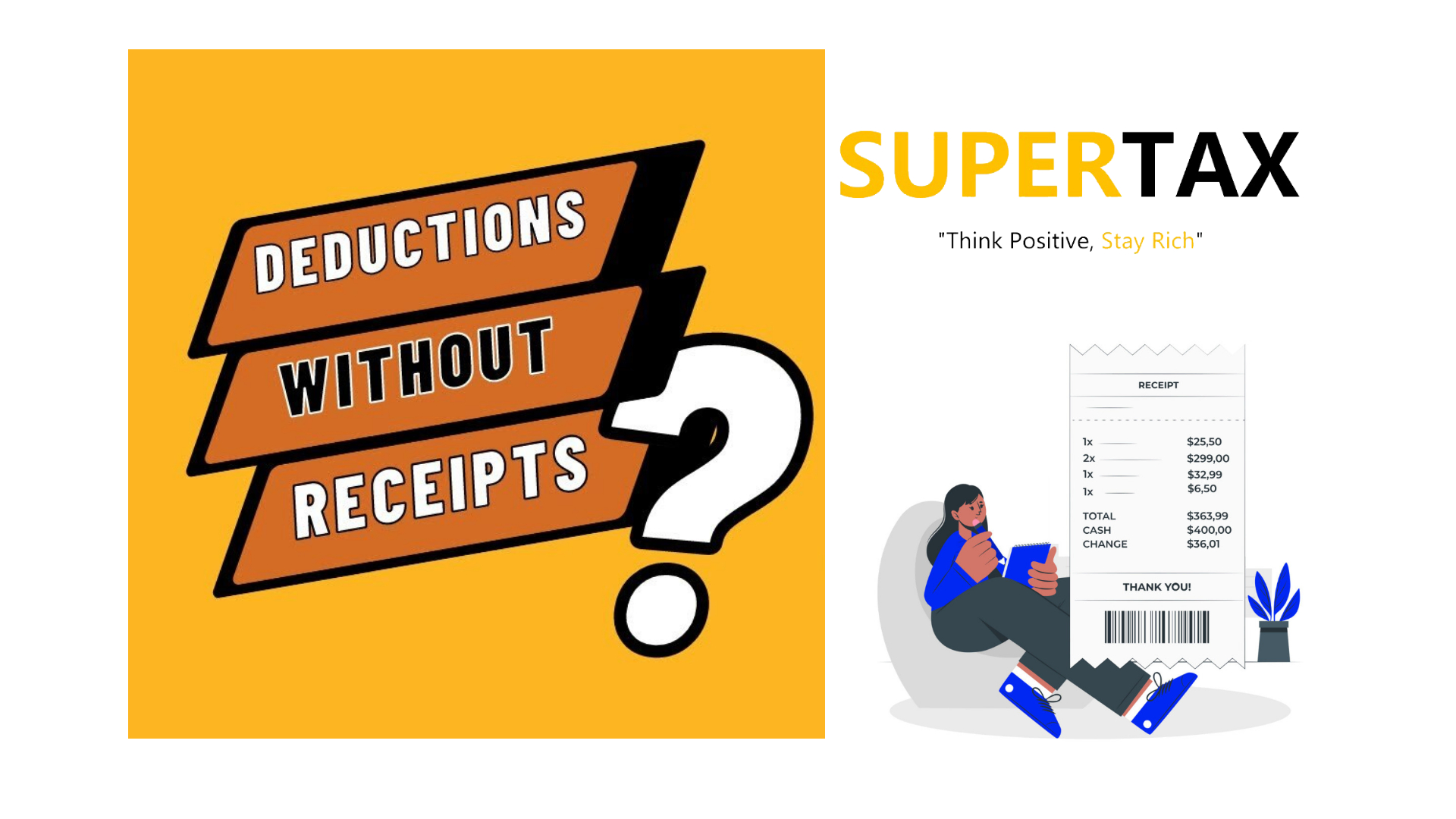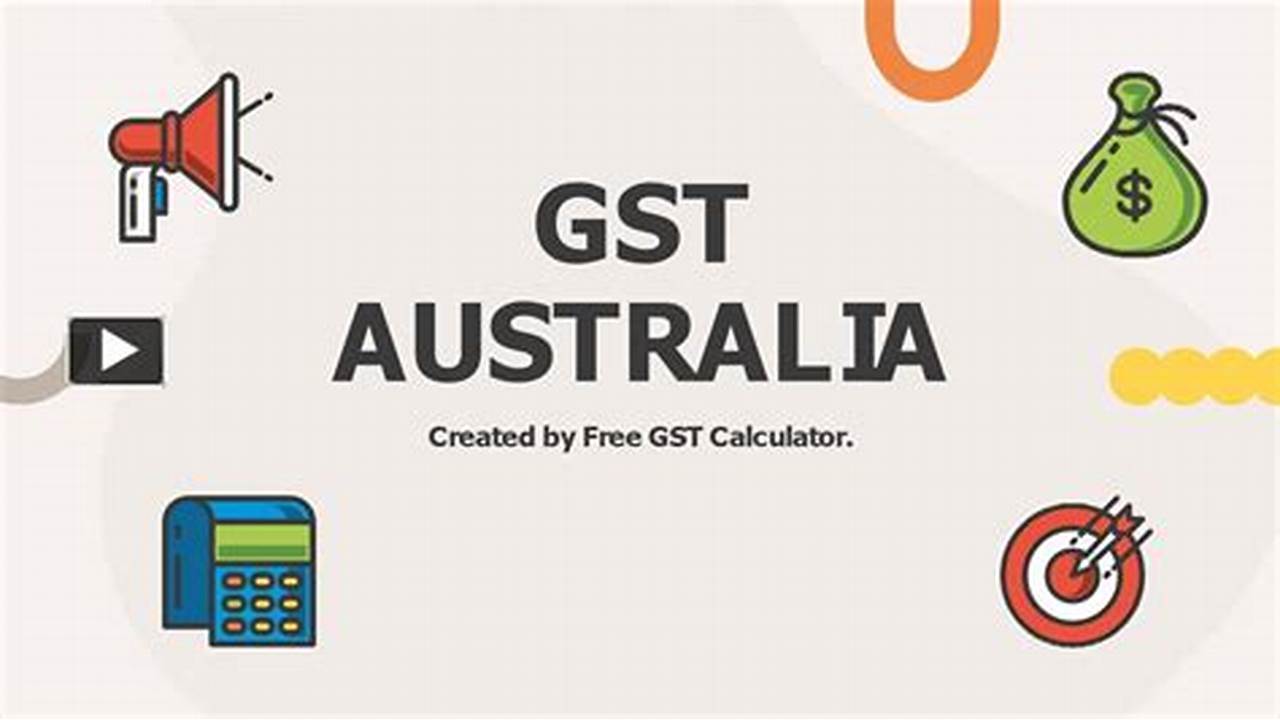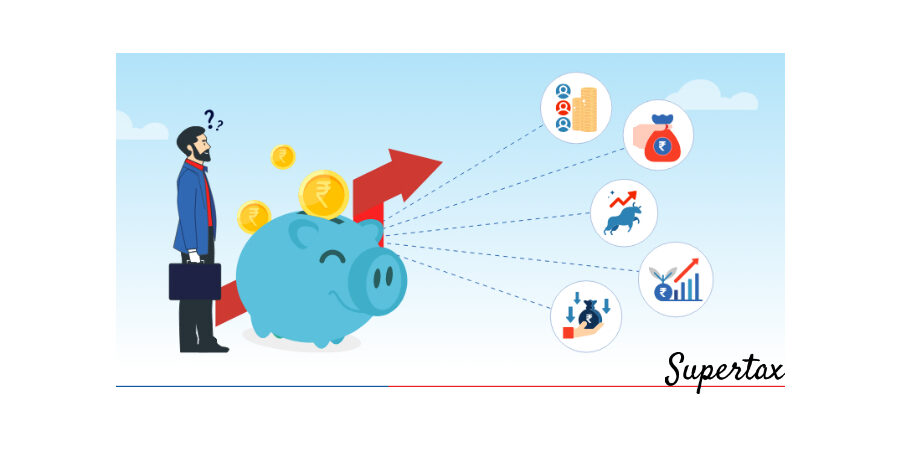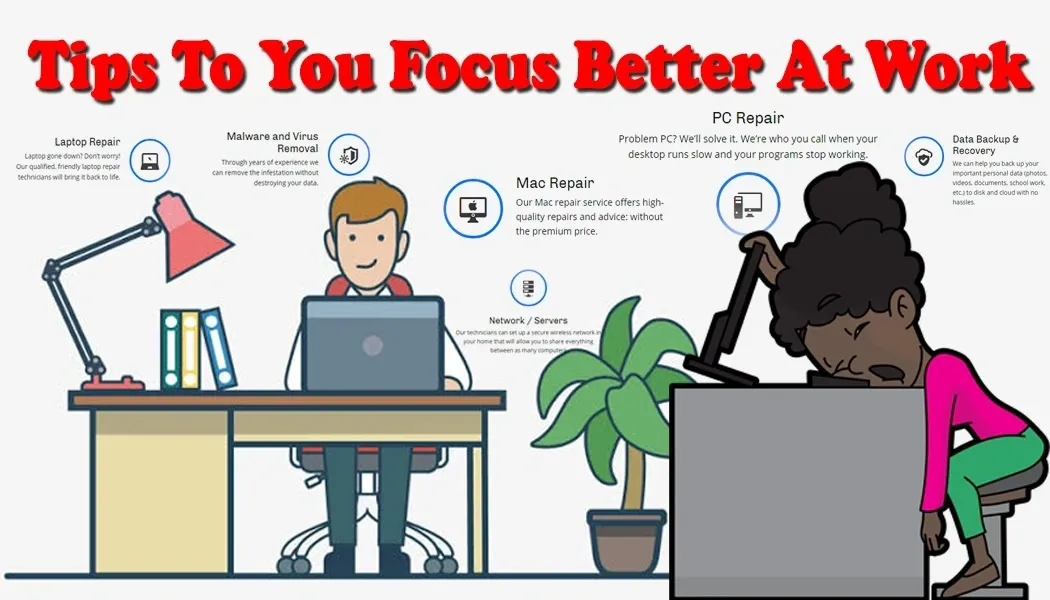Business Bank Account Setup in Australia: What Every Small Business Needs to Know

The Essential Guide to Structuring Business Bank Accounts in Australia
By Supertax | Small Business Accounting Experts
When starting or growing a small business in Australia, setting up a clear, well-structured system of business bank accounts is one of the smartest financial moves you can make. At Supertax, we often see how disorganised accounts can lead to missed tax deadlines, poor cash flow management, and unnecessary stress.
In this blog, we’ll walk you through why structuring your business bank accounts matters, what accounts you should set up, and how to manage them efficiently to support the long-term success of your business.
Why Structuring Business Bank Accounts Matters
A clear business banking structure brings much-needed financial clarity, especially during tax time. It helps you:
- Separate personal and business transactions
- Simplify your bookkeeping and BAS preparation
- Improve cash flow visibility and budgeting
- Build financial resilience and discipline
Whether you’re a sole trader or running a growing company, a good banking setup is the foundation of smart financial management.
5 Key Business Bank Accounts Every Aussie Business Should Have
Here are the essential accounts Supertax recommends setting up for your business:
1. Primary Business Transaction Account
This is your main operating account, where all your revenue is deposited and daily expenses are paid. It connects directly with accounting software like Xero or MYOB, giving you a live snapshot of your business finances.
Benefits:
- Easy tracking of income and expenses
- Smooth reconciliation with accounting software
- Centralised hub for business financial activity
2. Savings Account for Tax (GST, BAS & Income Tax)
One of the most common pitfalls small businesses face is not setting aside enough for tax. Avoid the last-minute scramble by transferring a set percentage (e.g. 10% for GST) into a dedicated tax savings account.
Benefits:
- Peace of mind when BAS or tax time rolls around
- Prevents accidental spending of tax obligations
- Encourages regular savings discipline
3. Profit Account
Inspired by the Profit First method, this account ensures your business is consistently setting aside actual profits. It’s a great way to reward your hard work while building a buffer for future growth.
Benefits:
- Reinforces a profit-first mindset
- Builds a reserve for reinvestment or owner’s draw
- Supports sustainable business growth
4. Operating Expenses Account
All your recurring bills—rent, subscriptions, utilities—should be paid from this separate OpEx account. It provides a clearer picture of fixed costs and helps control spending.
Benefits:
- Improves budget control
- Prevents overspending
- Separates essential expenses from general cash flow
5. Emergency Fund Account
Every business should prepare for the unexpected. An emergency fund acts as your financial safety net during slow months, economic downturns, or surprise expenses.
Benefits:
- Builds business resilience
- Helps avoid debt during tough times
- Offers peace of mind when the unexpected hits
How to Set Up Your Business Bank Accounts in Australia
Here’s a simple step-by-step process to structure your accounts properly:
✅ Choose the Right Bank
Look for Australian banks offering low-fee business accounts, strong digital features, and Xero/MYOB integration. Prioritise service and support tailored to small businesses.
✅ Integrate with Accounting Software
Connect your accounts to platforms like Xero, MYOB, or QuickBooks to automate bank feeds, streamline reconciliations, and reduce manual errors.
✅ Allocate Income Regularly
Create a habit (weekly or monthly) of transferring funds from your main account into your tax, profit, OpEx, and emergency accounts. Automation helps here!
✅ Monitor & Adjust Quarterly
Every quarter, review your balances and allocations. Business needs evolve—your bank structure should too. Tweak percentages or account priorities as needed.
Top Benefits of a Well-Organised Bank Account Structure
A clear account structure delivers:
- Stress-free tax season
- Improved cash flow tracking
- Smarter budgeting and forecasting
- Better business decision-making
- Enhanced financial security
At Supertax, we’ve helped hundreds of small businesses set up financial systems that work with them, not against them.
Best Practices for Managing Business Accounts
Here are a few expert tips from the Supertax team:
- Never mix personal and business accounts
- Automate your transfers (especially for tax and savings)
- Set financial goals for each account
- Review your finances quarterly
- Work with a trusted accountant (like us!) to optimise your strategy
Need Help Setting Up or Reviewing Your Business Accounts?
At Supertax, we specialise in helping Australian small businesses take control of their finances. Whether you’re just starting out or scaling up, we can help you:
- Structure your bank accounts
- Stay compliant with ATO regulations
- Automate and simplify your bookkeeping
- Maximise profitability and cash flow
📞 Book a free consultation with one of our expert advisors today and let’s build your business on a solid financial foundation.
Supertax – Smarter Tax, Better Business.
Your local partner in small business success across Australia.
